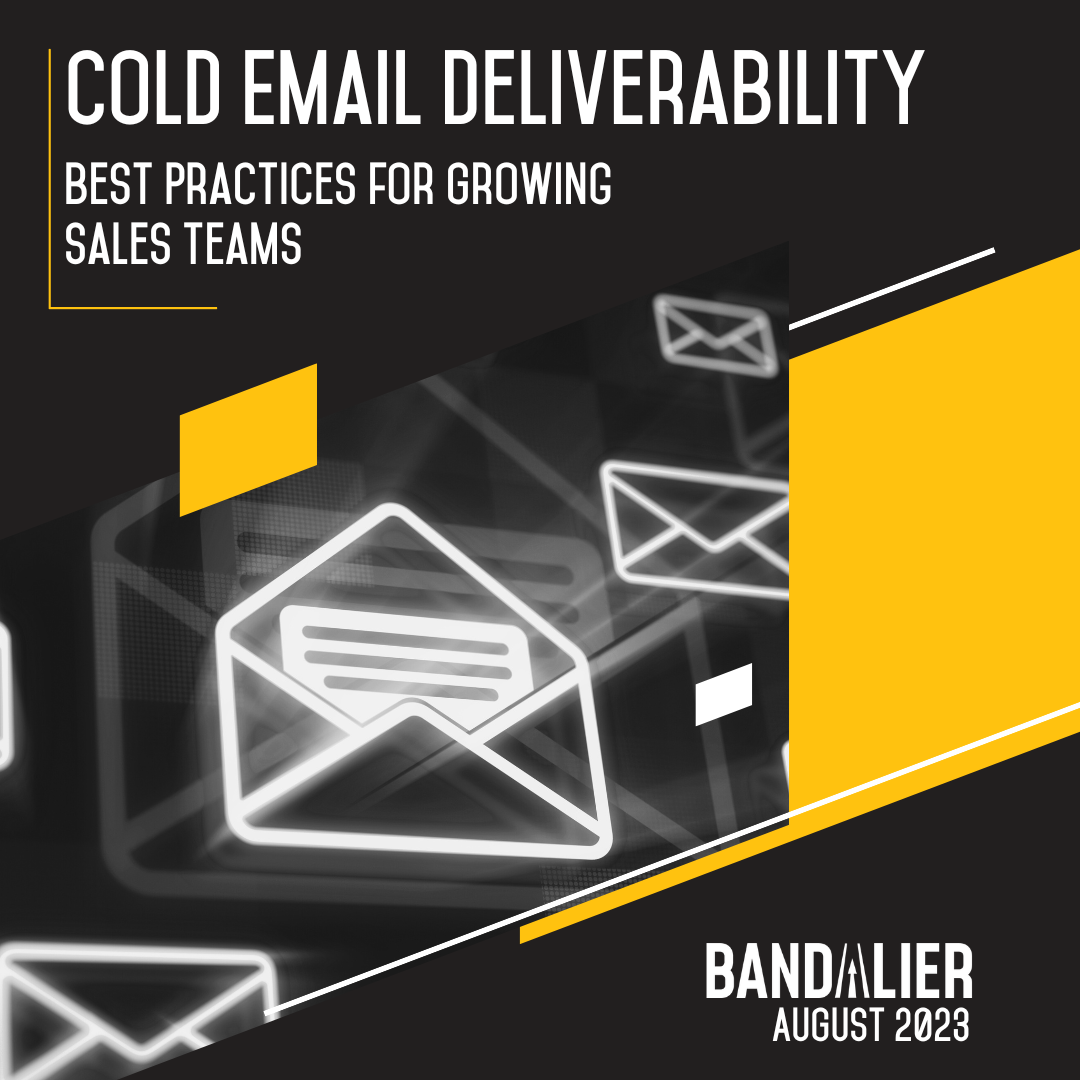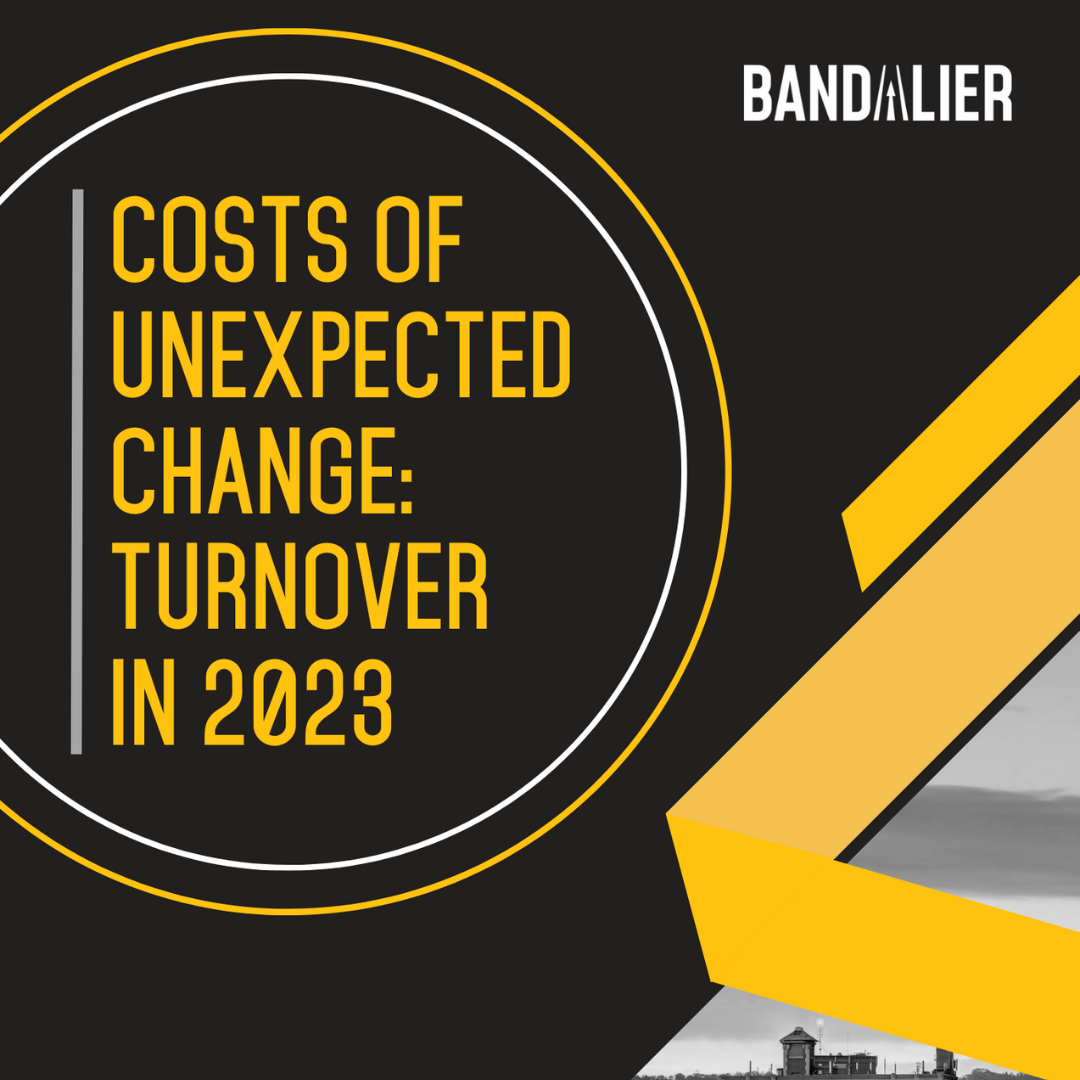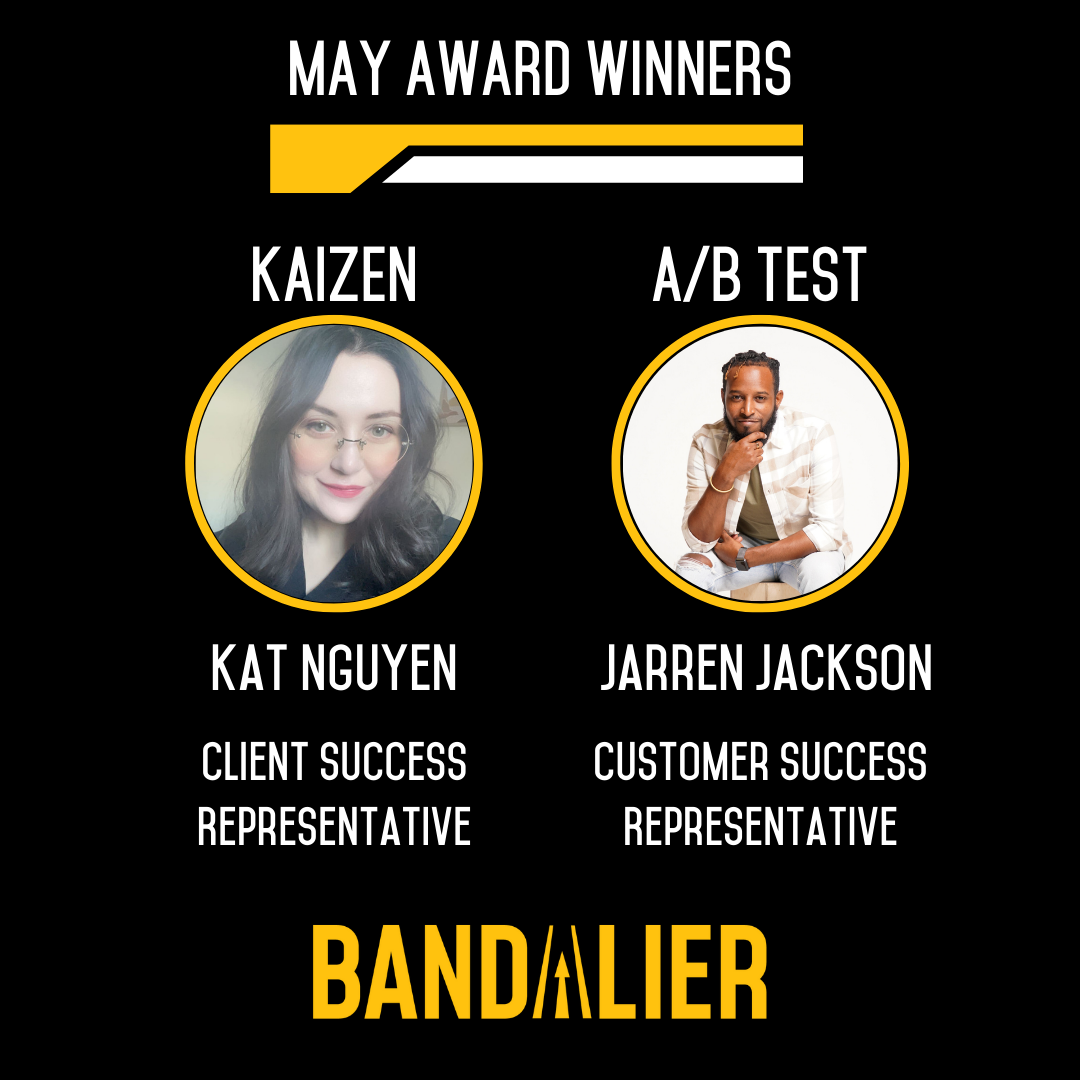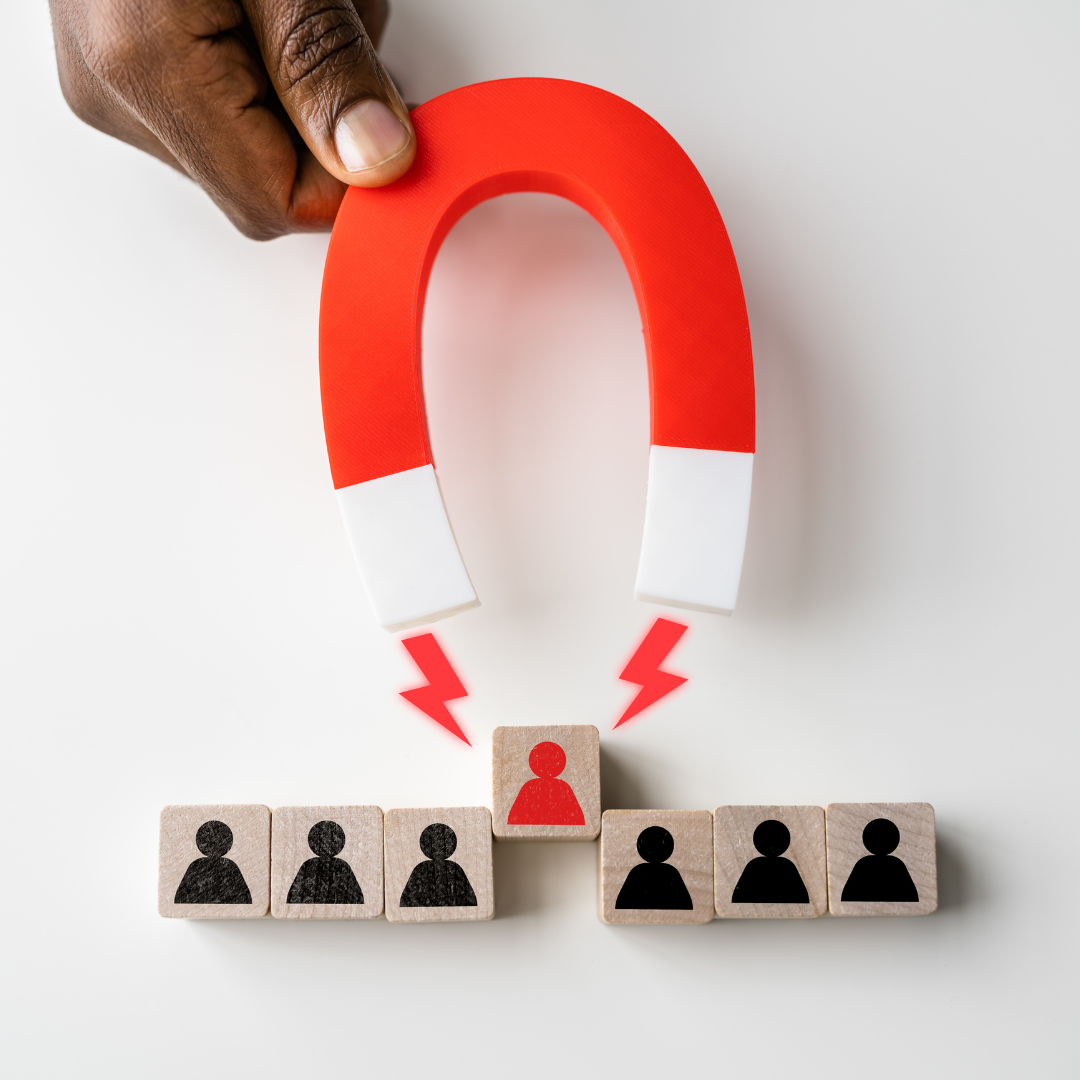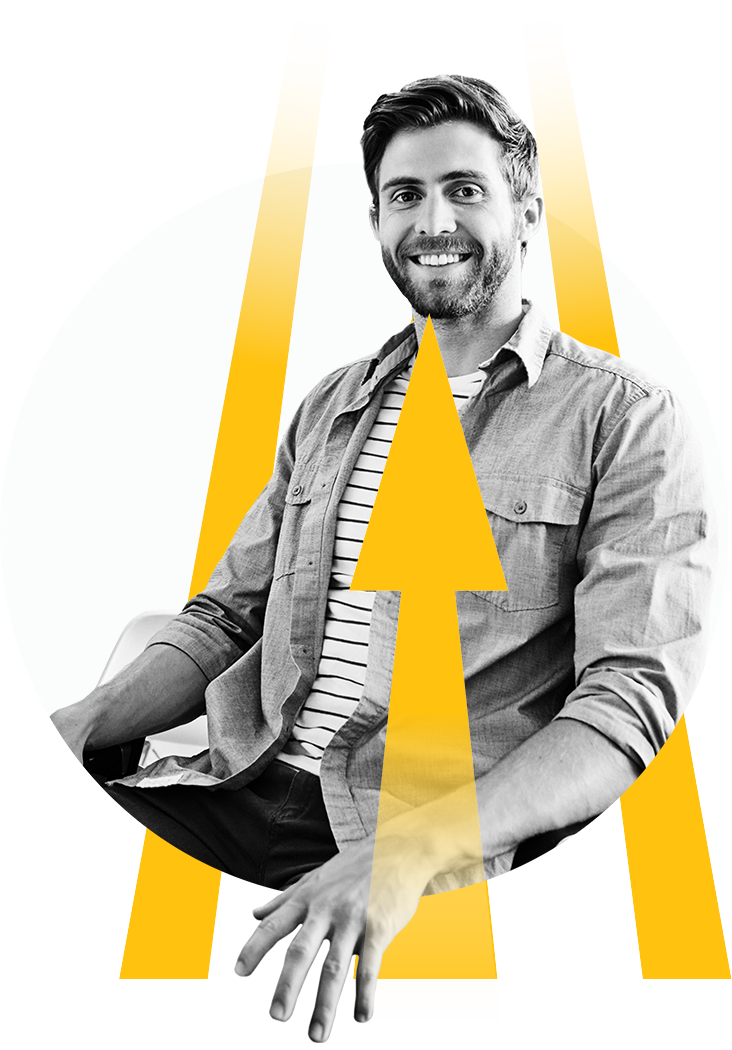Great customer success is the cornerstone of long-term growth for any SaaS company. To build a great customer success team, you’ll need a great training program. We’ll walk you through some of the basics for SaaS customer success training and share tips that will help you scale your team and stay effective.
Customer Service and Customer Success
What’s the difference between customer success and customer service? You’ll need to define that for your team before training them.
Generally speaking, customer service is a reactive measure to serve your customers’ short-term needs. Your service team will respond to errors and help troubleshoot them, or resolve inquiries about unexpected performance. Their goal should be maximizing customer satisfaction and service quality.
Customer success is a proactive initiative that will help you establish long-term relationships with your customers. Your customer success team will reach out to customers to solicit feedback and ensure that your platform continues to meet their needs as the business changes. Their goals should focus on customer retention and the long-term value of each relationship.
Many early-stage SaaS companies maintain a CS department that meets their customer service and success needs. As your customer base grows, separating your customer service team from your customer service team will be key to maintaining strong relationships with your customers.
Developing Your Training Program
Preparing training for your customer success team is no mean feat. As you prepare your training materials, take time to identify your key learning outcomes. Remember that not every member of your customer success team will learn in the same way. Where possible, offer trainings that cater to different types of learners to ensure maximum retention for all of your team members.
Key Skills for SaaS Customer Success Representatives
As you prepare to train your new customer success team, you should maintain a clear vision of the skills they’ll need to succeed. Bandalier has helped a wide variety of SaaS companies build their outsourced customer success teams, and our experience has shown us that certain skills and traits produce the best results for new customer success representatives.
Communication
Your customer success team will need to communicate with your customers and relay their experiences to your internal team. Strong communication skills are essential. As your prepare your training program, make sure to reserve time to practice customer communication. It’s helpful to run separate sessions to practice phone calls and email messages, to show team members how they may implement key talking points in different contexts. Part of these exercises should include feedback delivery. Encourage your team to collaborate and identify areas for improvement as they practice together.
Active Listening
Active listening skills are a key habit of strong communicators. There’s a difference between simply listening to a customer and truly making them feel heard. Active listeners make people feel heard by using subtle cues to demonstrate their attentiveness and asking great questions that get to the heart of the conversation. To drive positive outcomes for your customers, make sure that your success team is always actively listening.
Creativity
Creative outreach will keep your customer success conversations feeling fresh. If your success team can help customers find creative solutions and unique implementation options, you’ll quickly see the benefits in your retention metrics. In addition, as your customers will surface unique feedback, your team will need to find creative ways to reply. If your customer success team makes every interaction unique, your company will stand out among the crowd.
Attention to Detail
Whether it means understanding the fine details of each customer’s use case or following up on brief mentions of inconvenience, having a customer success team that’s hyper-attentive to detail will help your organization build a loyal customer base. Relationships can grow remarkably just from a well-timed follow-up question. Build a success team with acute attention to detail to reap the most benefits.
Teach Them the Basics – and Beyond
If your customer success team is new to the company, give them time to learn your product fully before they meet with customers. This means giving them time to review customer-facing documentation and FAQs, as well as learning the inner workings of your software with your existing team.
In Bandalier’s experience, it’s best to teach team members the details of your platform by taking them through a training program that mirrors your customers’ onboarding experience. Start by sharing recordings of past demonstrations, or ask your sales team to let new customer success reps sit in on upcoming meetings. With that introduction complete, give your new team member time to ask questions.
Once their questions are answered, give them access to the platform. Let them experiment with it. By exploring the software on their own, they’ll develop a better understanding of how your customers use it. Share past customer inquiries to complement their explorations and show your new team members what customers find challenging.
As your customer success representatives develop a more sophisticated understanding of your platform, they’ll be better prepared to assist customers with unique questions. Make sure you have a central repository of product knowledge available for your customer success team to reference and add to as they build relationships with more customers. With more sophisticated documentation, your team will be able to unleash their creativity and explore new implementation options for with your customers.
Tutor Them on Your Tech Stack
While your customer success team learns how to use your platform, you’ll also need to teach them how to utilize the systems that your team uses to support your customers. At minimum, they’ll need a system to track the customers they work with and a way to get in touch with them. For growing SaaS companies, there are a number of platforms available that can empower your customer success team. Some of the most popular all-in-one solutions include ZenDesk and Hubspot, but many companies have developed their own solutions by utilizing a combination of other platforms.
Decide what’s best for your team as they grow, and teach your new customer success team the nuances of your tech stack before they start speaking with customers. You’ll quickly find that the team is more productive. As you introduce new platforms, take time to review how they’ll complement your existing tech stack. By taking your team through specific and continuous training on your tech stack, you’ll keep them operating at their full potential.
Documenting Steps to Customer Success
If you’re developing a dedicated customer success team, your team should take advantage of the success you’ve experienced already. Highlight your best customer experiences and help your team learn from them. That may mean reviewing onboarding calls, customer feedback, or simply trading tips with the people who helped that customer find success with your software.
It may seem counterintuitive, but your team should learn from negative experiences, too. If a customer seems promising but churns quickly, it’s crucial to explore the reasons with your team. As Matthew Syed outlines in his book Black Box Thinking, and briefly discusses in this video, analyzing failure without placing blame for it will help your team find creative ways to grow – and prevent the problem from happening again in the future.
Practice, Polish, and Perfect
Once your team has completed their core training, take time to review what they’ve learned. Run group roleplay sessions so that each customer success representative can hear how other team members implement the skills they’ve learned. Make sure to practice some 1:1 roleplay sessions, too. In addition to spoken roleplays, ask team members to complete email exchanges. This practice will help them incorporate your brand voice with their own.
Before your customer success team starts connecting with customers, make sure everyone is confident in their skill set. The cost of a bad hire is steep, and only climbs with time – if one of your customer success team members seems like they may not be able to keep pace, you’ll be better off looking for a new team member sooner rather than later.
Ongoing Development
Once your customer success team is up and running, you’ll need to start planning for their ongoing development. Give your team time to acclimate to their new roles. Once they’re comfortable with their day-to-day responsibilities, open a conversation with them. Talk about what they’d still like to learn and what they want their future to look like.
While it’s tough to find time for ongoing training, continuous development is key for your long-term success. Teams who engage in continuous development are more engaged, more satisfied, and more productive.
What should ongoing development look like for SaaS customer success teams? Here’s a few suggestions:
- Review skills – keep your team in top form by reviewing basic concepts from training. Skill decay occurs at different rates for each person. Bandalier recommends reviewing core skills each quarter.
- Teach new techniques – encourage your team to run A/B tests and try new things. When someone finds a particularly effective tip, share it across your team.
- Coach for career development – talk to your team about their future. How long do they want to stay on your customer success team? What would they like to do later in their career? Outlining a clear growth plan for your team members makes them more likely to stay with your company.
The Key Steps for Training SaaS Customer Success Team
We’ve shared a lot of tips today. Here are the key steps you need to take to set your customer success team up for success:
- Delineate customer success and customer service
- Build a training program that can meet different team members’ needs
- Identify key skills for your new customer success reps
- Train your team by following your customer onboarding process
- Continue developing team members’ skills once they’re comfortable in their role
For many scaling organizations, developing new training programs can overtax their existing team. Bandalier has helped a wide variety of SaaS companies add capacity back to their customer success team by training new team members and building outsourced teams. If you need a few extra hands on deck to help your customers succeed, contact us today.

